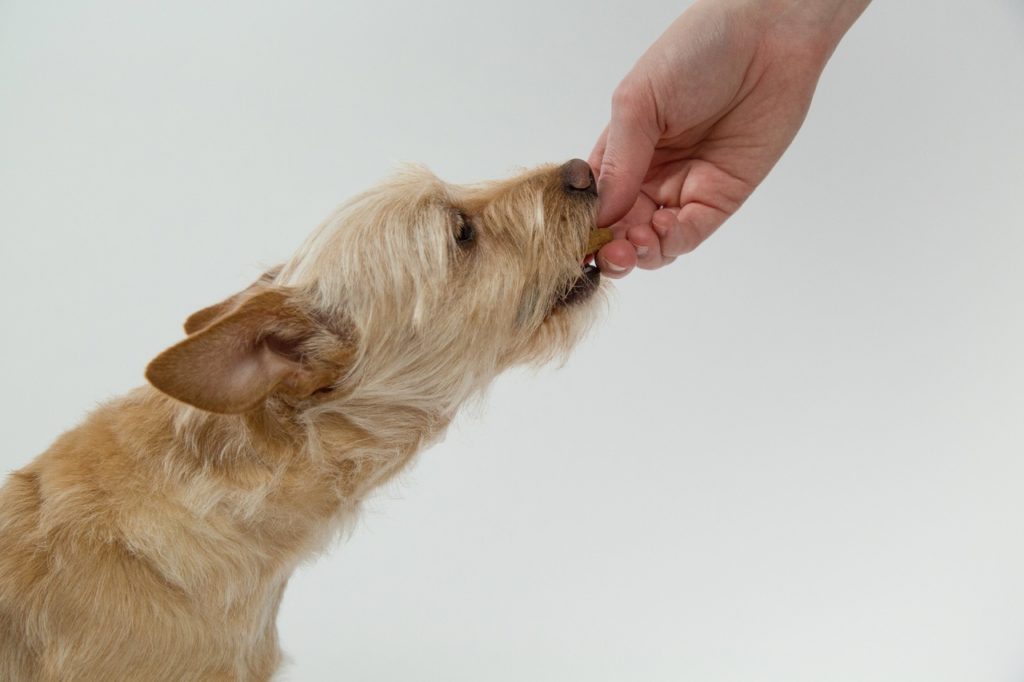The mysterious case of the blue dogs in Dzerzhinsk, Russia has sparked intrigue and concern among animal lovers and experts alike. The unusual phenomenon raises questions about the potential sources of the vibrant blue coloring seen on these unsuspecting canines. Could it be a harmless mishap from rolling in a benign substance, or does it hint at a more troubling underlying issue?
As discussions unfold around the causes and implications of this peculiar occurrence, a deeper understanding of the situation is warranted to shed light on the fate of these enigmatic blue dogs.
Key Takeaways
- Dogs turned blue in Dzerzhinsk from contact with copper sulfate, an industrial chemical.
- The blue color resulted externally from copper sulfate exposure.
- Investigations are ongoing to determine the source and effects of the chemical.
- Health risks for blue dogs include potential liver and digestive system damage.
Causes of Dogs Turning Blue
Amid the curious phenomenon of Russian Blue Dogs, the cause of dogs turning blue in Dzerzhinsk, Russia has been attributed to their contact with copper sulfate from a nearby abandoned chemical plant.
Copper sulfate, a known chemical compound used in various industrial applications, can cause blue discoloration when in contact with surfaces such as fur. In this case, the dogs likely rolled in the copper sulfate, leading to their distinctive blue appearance.
It's important to note that the blue coloration is a result of external contact and not from ingesting the copper sulfate. This peculiar occurrence has sparked interest and concern, prompting investigations into the source and effects of the chemical exposure on these blue dogs.
Health Risks for Blue Dogs
The presence of blue dogs in Dzerzhinsk, Russia due to contact with copper sulfate raises significant concerns regarding the potential health risks associated with their distinctive blue discoloration. Although the blue dogs at the local clinic appear to be in normal condition, excessive exposure to copper sulfate can lead to liver and digestive system damage. The blue dye on their fur may cause skin burning or itching.
Furthermore, ingesting copper sulfate can result in internal bleeding, necessitating veterinary intervention. It is crucial for authorities to address the well-being of these blue dogs promptly and prevent further harm by ensuring they receive appropriate care and treatment.
Expert Opinions on Blue Dogs

Professional veterinarians have provided valuable insights into the curious phenomenon of blue dogs observed in Dzerzhinsk, Russia. Dr. Paul Amerling, a respected DVM, has hypothesized that the blue discoloration on the dogs could be a result of exposure to copper sulfate, commonly found in industrial settings like abandoned chemical plants. He emphasized that while copper ingestion can darken fur, it typically does not turn it blue.
Dr. Amerling, who has not encountered blue dogs in his practice before, sought additional expertise by consulting a toxicology professor to better understand the situation. The Humane Society International has expressed concerns about the welfare of the blue dogs and the potential risks associated with their unusual coloring.
Government Response to Blue Dogs
In light of the concerns raised by expert veterinarians regarding the welfare of blue dogs in Dzerzhinsk, Russia, the government has initiated a response aimed at identifying the source of the blue coloring and ensuring the well-being of these animals. Efforts are underway to prevent further harm to the blue dogs and provide necessary veterinary care and intervention. Russian officials are actively engaged in discussions to determine the exact cause of the blue discoloration, with a focus on addressing any potential contact with toxic substances. The government is committed to safeguarding the health and safety of the blue dogs while investigating the root cause of this unusual phenomenon.
| Government Response to Blue Dogs | |||
|---|---|---|---|
| Identify source of blue coloring | Ensure well-being | Prevent further harm | Provide veterinary care |
Related Articles

A collection of informative articles on various topics related to pet care and health is available, offering insights into worms in dog poop, safe Thanksgiving foods for dogs, toxic human foods to avoid, cat breeds with sparkling blue eyes, and the safe use of coconut oil for dogs.
These articles cover a range of essential information for pet owners, including how to identify and treat worms in dog feces, which Thanksgiving foods are safe and which ones to avoid giving to dogs, a list of human foods that can be toxic to pets, cat breeds known for their stunning blue eyes, and the benefits and safe application of coconut oil for dogs' well-being.
Stay informed and keep your furry companions healthy and happy with these valuable resources.
Conclusion
In conclusion, the case of the blue dogs in Dzerzhinsk, Russia, highlights the potential risks associated with exposure to toxic substances such as copper sulfate. The health implications for these animals underscore the importance of veterinary intervention and preventive measures to safeguard their well-being.
Expert opinions on this unusual phenomenon shed light on possible causes, emphasizing the need for responsible handling of chemicals to protect animals from harm. Authorities' efforts to identify and address the source of the blue coloring are crucial in preventing further incidents.




